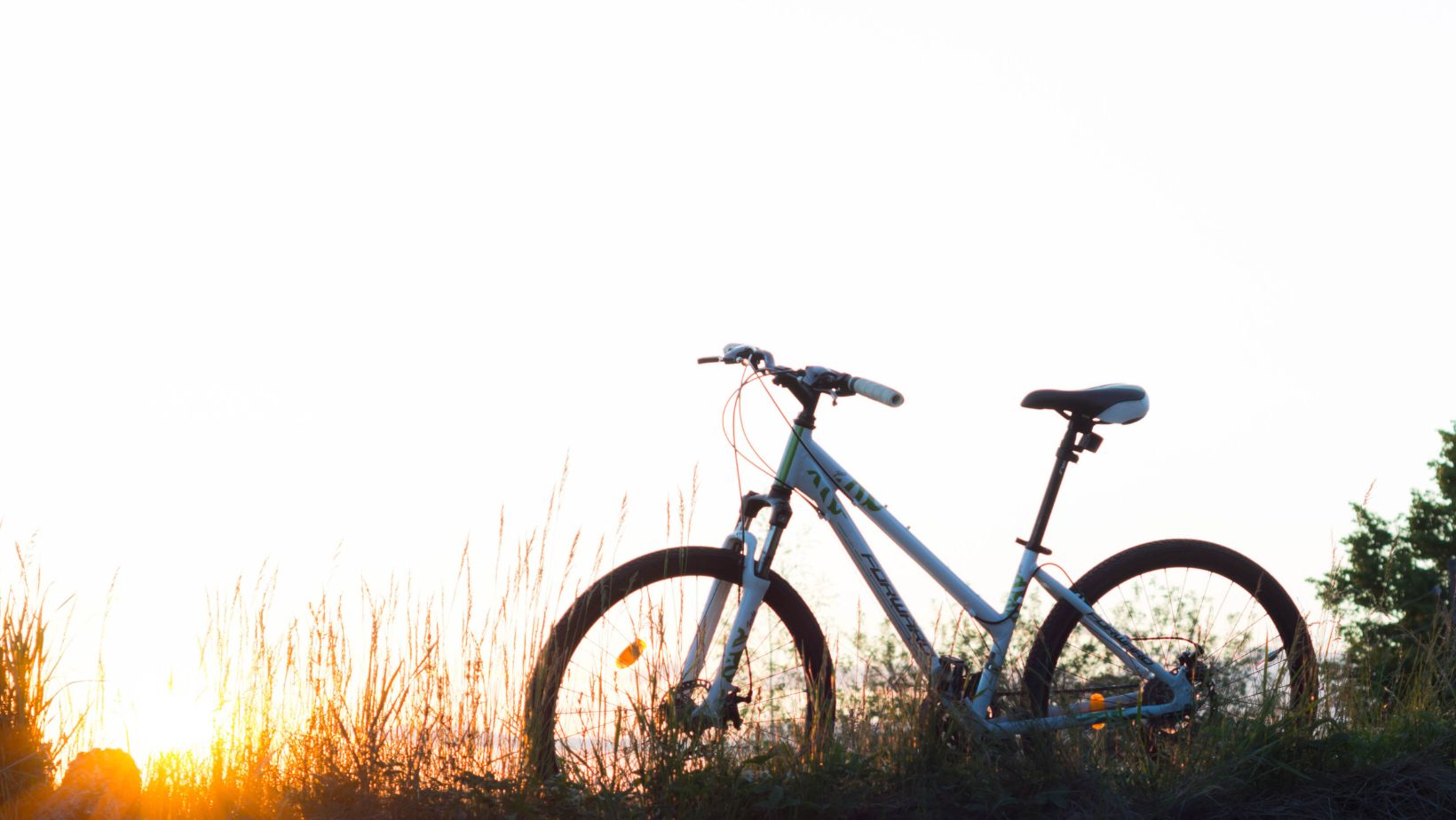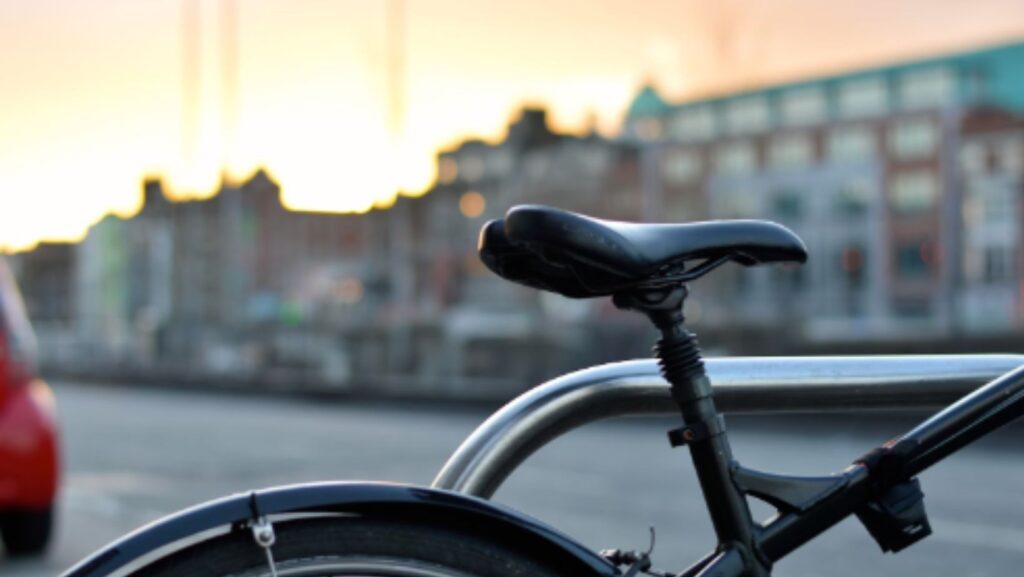Bike fender are many times neglected yet critical parts for cyclists who face assorted atmospheric conditions and shifting territories. They fill a reasonable need by safeguarding both the rider and the bike from mud, water, and garbage. Whether you’re a worker, a sporting cyclist, or a mountain trekking lover, understanding the significance and utilization of bicycle bumpers can fundamentally improve your riding experience. This article offers a complete manual for bicycle bumpers, including their sorts, benefits, establishment tips, and upkeep guidance.
What Are Bike Bumpers?
Bicycle bumpers, once in a while called curved guards, are connections that safeguard your bicycle and your dress from sprinkles of water, mud, and garbage. They are mounted to the wheels of the bike and can fluctuate in plan contingent upon their expected use and the kind of bicycle. Bumpers are fundamental for keeping a cleaner ride and guaranteeing a more agreeable encounter, especially in unfavorable weather patterns.
Sorts of Bike Bumpers
- Full-Length Bumpers: Full-length bumpers give broad inclusion by stretching out from the front fork to the back seat stay. They are great for suburbanites and significant distance cyclists who as often as possible ride in wet or sloppy circumstances. Produced using plastic or metal, these bumpers keep both the bicycle and rider clean.
- Cut-On Bumpers: Clasp-on bumpers are intended for accommodation and adaptability. They append to the bicycle casing or seat post utilizing clasps or lashes, making them simple to introduce and eliminate. This type is reasonable for riders who need to switch between various riding conditions or would rather not have extremely durable bumpers on their bicycle.
- Scaled-down Bumpers: Small bumpers are less than full-length bumpers; they offer fractional inclusion and are normally utilized on street bicycles. They are not so much prominent but rather more streamlined, making them a decent decision for light downpours or wet streets.
- Trail-blazing Bicycle Bumpers: These bumpers are worked to persevere through the harsh states of rough terrain trekking. Produced using hearty materials like elastic or substantial plastic, trail-blazing bicycle bumpers are intended to deal with huge measures of mud and garbage. They are frequently mounted straightforwardly to the fork or backstays of the bicycle.
- Coordinated Bumpers: A few bicycles accompany incorporated bumpers that are incorporated into the edge plan. This consistent joining offers a smooth look and stable execution. Incorporated bumpers are commonly found on visiting or suburbanite bicycles and require insignificant upkeep.
Advantages of Bike Bumpers
Insurance from Mud and Garbage: Bicycle bumpers forestall mud, stones, and other trash from being hurled onto the rider and bicycle. This keeps the bicycle cleaner and diminishes the recurrence of upkeep and cleaning.

Solace and Tidiness: Riding without bumpers in wet circumstances can prompt awkward sprinkles and wet apparel. Bumpers assist with keeping the rider dry and clean, making rides in unfavorable weather patterns more agreeable.
Introducing Bike fenders
- Select the Right Size: Guarantee you pick bumpers that are viable with your bicycle’s wheel size and casing. Allude to the producer’s details for the suitable size and type.
- Introduce the Front Bumper: Begin by appending the front bumper. Adjust it to the fork and secure it utilizing the given equipment or clasps. Ensure it’s situated accurately to stay away from impedance to the wheel’s development.
- Join the Back Bumper: Next, introduce the back bumper by connecting it to the seat stays or casing. Change it with the goal that it stretches out near the back tire; however, it doesn’t impede its development.
- Check and Change: After establishment, make sure that the bumpers are safely connected and appropriately adjusted. Turn the wheels to guarantee the bumpers don’t rub against them. Make any fundamental changes to forestall contact or commotion.
Keeping up with Bicycle Bumpers
Standard Cleaning: Clean your bumpers routinely to guarantee their capability appropriately. Clear off mud and trash with a sodden material to forestall development that can influence execution and appearance.

Investigate for Harm: Intermittently take a look at your bumpers for indications of harm, like breaks or twists. Fix or supplant harmed bumpers to keep up with their viability.
Change on a case-by-case basis: Contingent upon changing circumstances or tire sizes, you might have to change the bumpers. Guarantee they are accurately situated to give ideal inclusion.
Last Thought
Bike fender are a viable and important expansion to any cyclist’s stuff, offering security, solace, and an improved bicycle life span. By figuring out the various sorts of bumpers, their advantages, and how to introduce and keep up with them, you can pursue informed choices that further develop your riding experience. Whether you’re exploring city roads in the downpour or handling sloppy paths, bicycle bumpers assist with keeping both you and your bicycle in top condition, making each ride more charming and proficient.
